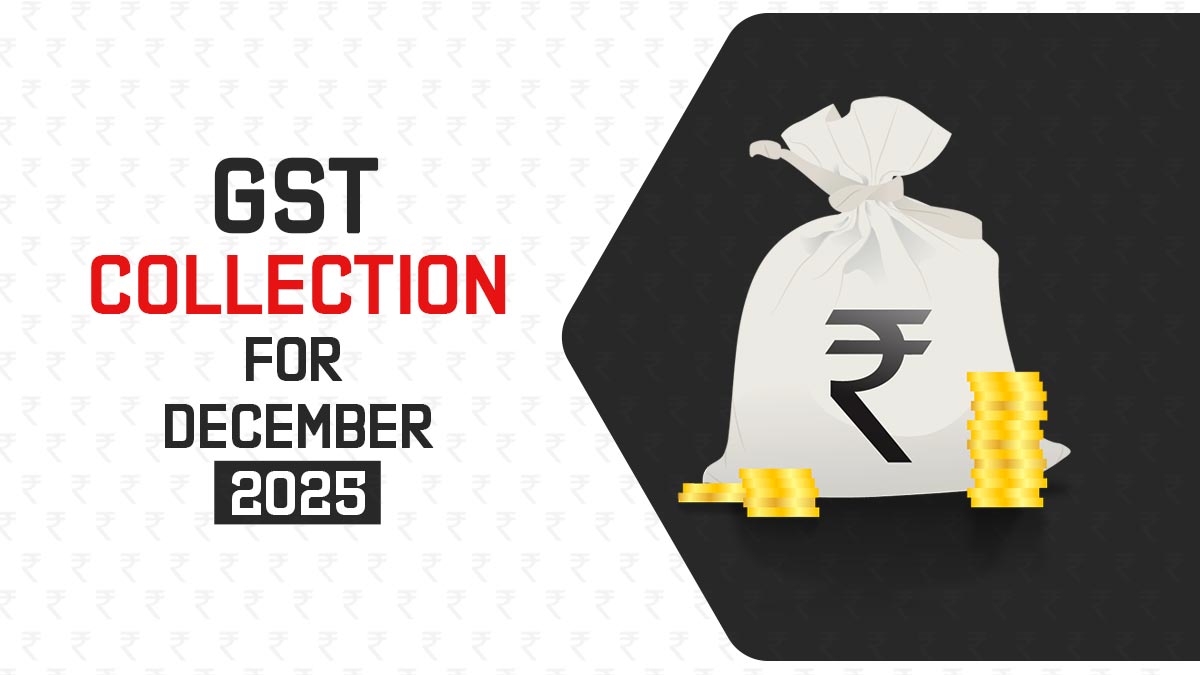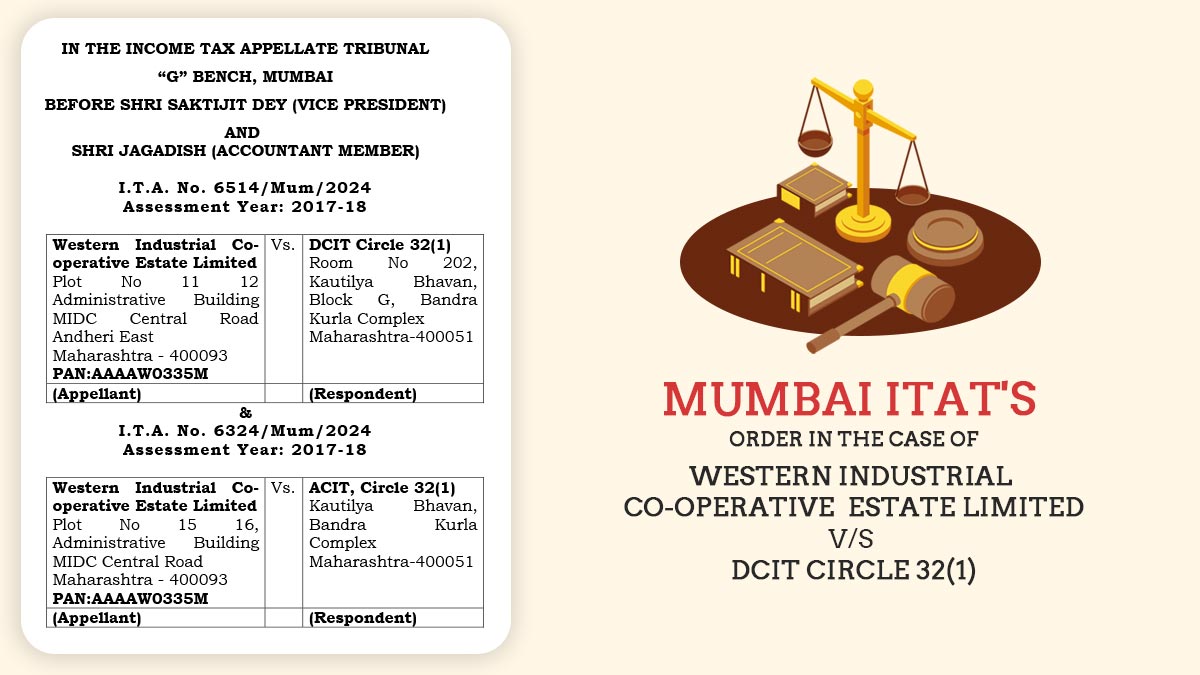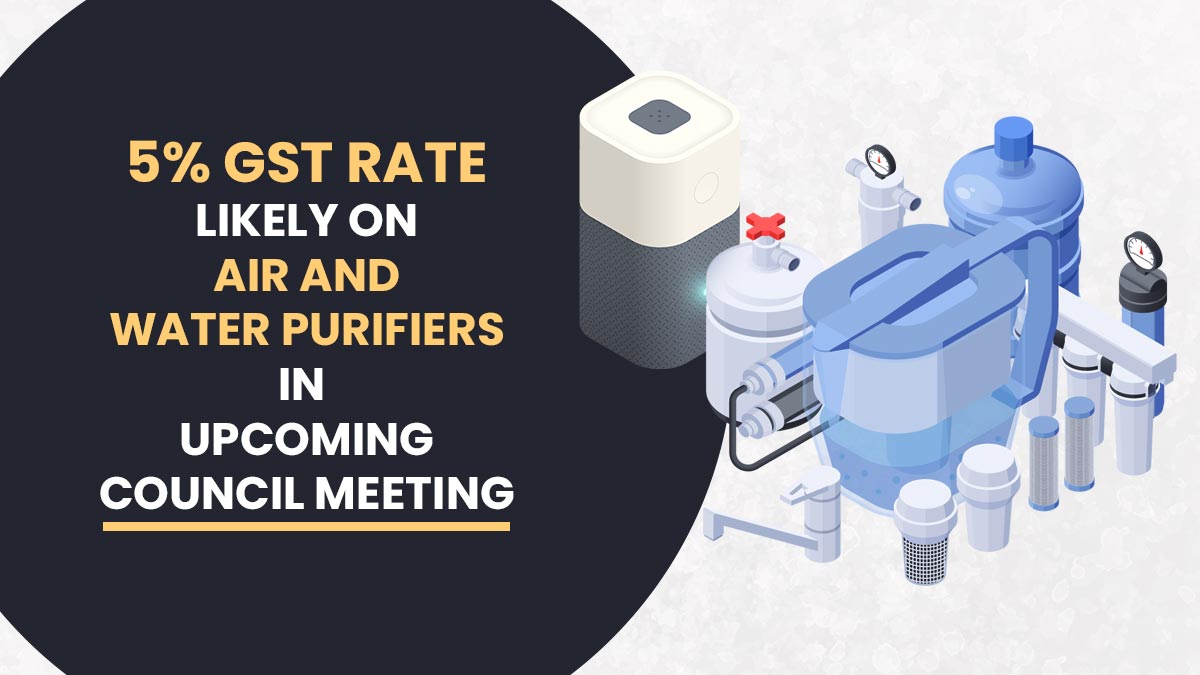
Haryana has a population of 3.06 crore and the state’s boundary acquires an area of 50,362 sq km, collected Rs. 10,035 crore GST in April 2023, its GST collection is four times that of Punjab’s collection of Rs 2,316 crore, which has a population of 2.99 crore and a surface area of 44,212 sq km.
Maharashtra, Karnataka, Gujarat, Tamil Nadu, and Uttar Pradesh are the states that collected the maximum GST, whereas union territories and the northeastern states accumulated the lowest revenue.
Gurugram single-handedly contributed to over 40% of the GST collections of Haryana as the state has several big companies in Gurugram. Punjab’s economy significantly relies on the Agriculture sector, which is exempted from GST levy. Punjab is India’s third-largest producer of food grains, after West Bengal and Uttar Pradesh. The agriculture sector contributed 25% of Punjab’s GDP in 2018 compared to Haryana’s 14%, stated Anita Rastogi, Principal, Price Waterhouse & Co. LLP.
Anchal N. Arora, Partner, Felix Advisory, stated that Haryana is developing faster in terms of infrastructure and has become a popular destination for individuals and multinational companies which resulted in growth in GST collections.
Due to increasing disposable incomes and a larger middle class, Haryana has a higher per capita consumption of goods and services. Because GST is applied to the consumption of goods and services, this also results in larger GST collections.
According to Rajat Mohan, Senior Partner at the accounting firm AMRG & Associates, automation, data analytics, and digital audits, are aiding in deterring fraudulent taxpayers in the state of Haryana. The high-revenue-producing states such as Delhi, Uttar Pradesh, and Rajasthan surround Haryana, which is located in the National Capital Region (NCR). The movement (and consumption) of products and services could increase as a result, increasing GST collections.
Although Haryana occupies nearly 1.5 times more registered entities with GST authorities than Punjab, the GST collection is about four times.
States that have better infrastructure have been successfully enticing businesses and profiting from it.
Read Also: GST Impact on Gross Domestic Product (GDP) in India
According to Ankur Gupta, practice leader at tax consultancy firm SW India, the reason why Haryana has so many large firms is due to its flexible industrial policy and advanced infrastructure. Lower GST figures are a result of Punjab and Rajasthan’s inability to build the necessary infrastructure or support network to draw significant investments. Only UP compares favourably to neighbouring states in terms of growth and tax collections.
The GST is also known as the consumption-based tax, which is collected at the point of consumption. A state’s GST collections are determined by many factors, including the size of the economy, the industrialisation level, consumer spending trends, and the tax administration. Larger states with more people and economic activity, including Maharashtra, Karnataka, Gujarat, and Uttar Pradesh, consume more products and services, which leads to higher GST collections.
According to Rastogi, states like Tamil Nadu have high employment and literacy rates, which translate into more purchasing power, higher consumption, and higher GST collections. The service industry is centred in Bengaluru, Karnataka, which again promotes high consumption.
Maharashtra is the country’s financial capital and a major investment magnet, so it ranked first in GST collection.
According to Pune-based chartered accountant, Pritam Mahure, Maharashtra is quite proactive when it comes to audit investigations, which enhances GST collections. Unfortunately, others lack those advantages. Maharashtra spends a lot of money training its officials for this.
As a result, the larger states collect a sizable amount of the GST revenue from the huge base of businesses and industries, while the tax bases of smaller states that emphasise development and growth are growing.
Larger states also invest more in institutional, commercial, and industrial infrastructure, which increases tax revenue overall. Furthermore, large governments have far superior infrastructure for tax administration, which results in more effective tax compliance and collection.
According to Mohan, the local tax offices in states like Maharashtra, Karnataka, Gujarat, and Tamil Nadu are supported with extremely cutting-edge technology, which promotes improved compliance. The larger states’ tax officials receive regular jurisprudence updates, ensuring a complete evaluation procedure. All of this is quite important for enhancing tax recovery and streamlining the procedure.
The northeastern states, on the other hand, have a small population and poor purchasing power. The administration of taxes is difficult in these states, which have low tax collections as a result of a predominately informal economy, little industrialization, limited financial inclusion, and geographic barriers.
Further, he added, the northeast states’ major population depended on agriculture, which is exempted from Goods and Services Tax. As a result, these states have fewer taxpayers. The service industry is still at its initial stage in states like Tripura and Manipur.
However, states like Jammu and Kashmir, Ladakh, Sikkim, and Mizoram have seen an increase in GST collection during the past 12 months.
According to Gupta, whereas Sikkim and Mizoram’s growth may be attributed to better infrastructure, J&K and Ladakh’s rise can be linked to more investment.









